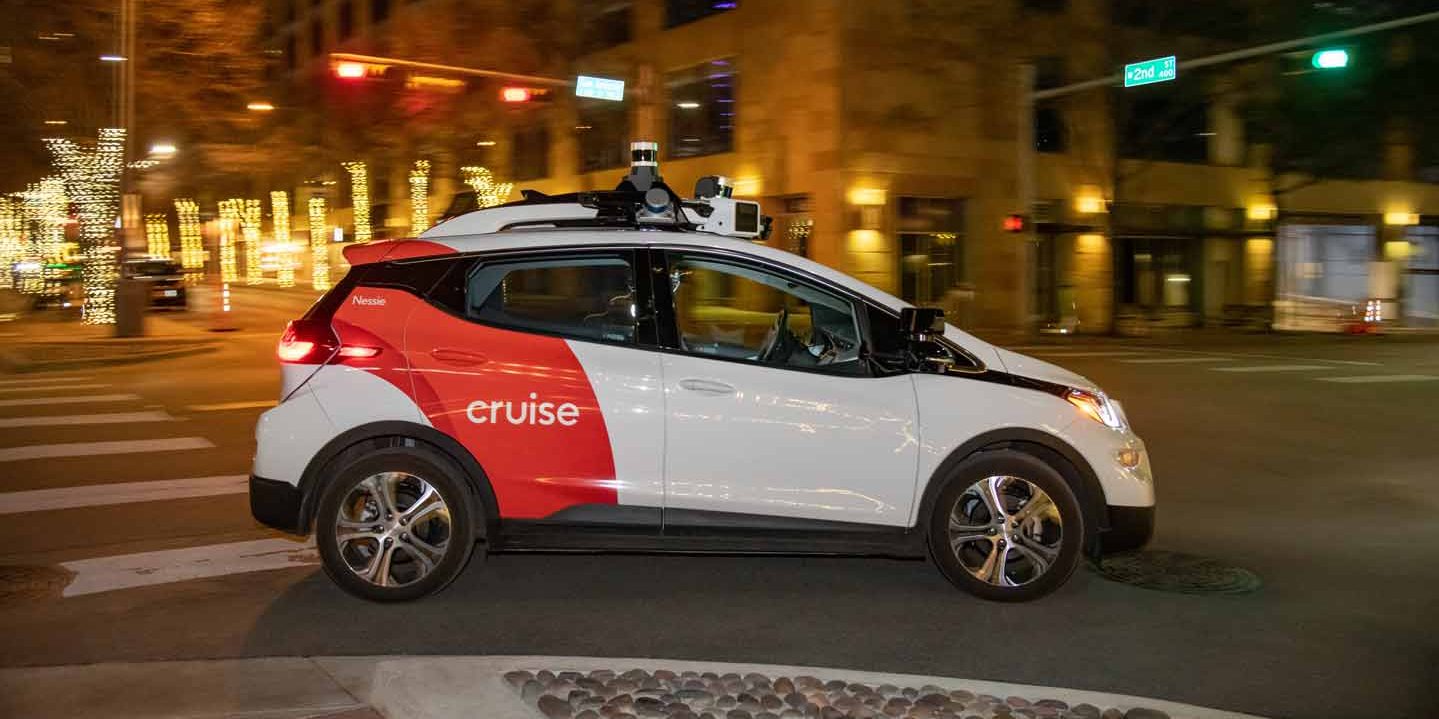After its license was pulled in CA, Cruise pauses driverless operations everywhere


GM’s Cruise autonomous taxi service is pausing driverless operations everywhere after having it’s license suspended in California on Tuesday.
GM’s Cruise has had a rocky week, with California suspending the company’s license to operate as a result of misrepresentation by the company in an accident investigation.
The accident in question was actually not initially caused by Cruise’s vehicle. A human driver struck a pedestrian in a crosswalk, then fled the scene. The strike was hard enough to shove the pedestrian into the path of a Cruise autonomous vehicle, which braked heavily in an attempt to avoid the accident.
The pedestrian was then trapped underneath the Cruise vehicle, at which point the AV entered a post-accident mode where it pulled to the side of the road. This unfortunately dragged the pedestrian approximately 20 feet at a speed of about 7 miles per hour, potentially causing more injury to the already seriously injured victim.
Two problems were identified in this circumstance: first, the Cruise vehicle should have remained in place, rather than dragging the pedestrian under the car. Second, in post-accident investigations, Cruise misrepresented the facts of the accident to both the DMV and to media, by not mentioning or showing video of the post-accident movement. DMV had to learn of this from SF officials, rather than from Cruise itself.
This misrepresentation was a major cause of DMV’s decision to revoke Cruise’s license. DMV provided Cruise with a list of requirements to get back on the road, but that list is not public.
And as the news of Cruise’s misrepresentation and suspension has percolated, the public has not reacted kindly to this information. In Los Angeles, for example, where Cruise does not operate but Google’s Waymo does (on a trial basis), one politician called for the city to declare itself off-limits to driverless vehicles (we’ve ridden a driverless Waymo in LA, and came away impressed).
Now, two days later, Cruise has “proactively” made the decision to suspend its driverless operations in the other areas it operates as well, namely, Phoenix, Arizona and Austin, Texas.
Cruise says that this has nothing to do with any undisclosed on-road incidents, and that it is taking this step to examine its processes and regain public trust. It will also continue “supervised AV operations,” with a safety dinner present in the cars.
City Dwellers’s Take
This is a good move for Cruise, and a good move for autonomous vehicles as a whole.
Cruise’s initial reaction to this incident was, simply, bad. Lying to regulators is never a good idea. It put a black mark on AVs for regulators and for the public, and reduced trust not just for Cruise, but for other autonomous vehicle systems.
As I’ve been talking about a lot for the last couple days (and, well, years), it was inevitable that people would react thusly to any problems with AVs, as it is not only a new technology and suffers from the “devil you know versus devil you don’t know” problem, but it also incorporates the theme of technological unemployment, which is becoming all the more real with the rise of AI.
In the accident in question, the human driver’s actions were certainly worse than the AV’s. The human started the accident and then fled the scene. But virtually all discussion has focused on the AV, rather than the human driver.
Cruise claimed in a blog post that its simulations showed that its car would have avoided the accident – but that blog post was not well-received, as it did not properly take responsibility for the post-accident scenario in question.
This move by Cruise today does seem to finally take responsibility for the post-accident scenario, which is a positive development. Hopefully this will let the temperature in the room cool a little, and we can have some better conversations and more responsibility going forward on the part of Cruise.
FTC: We use income earning auto affiliate links. More.